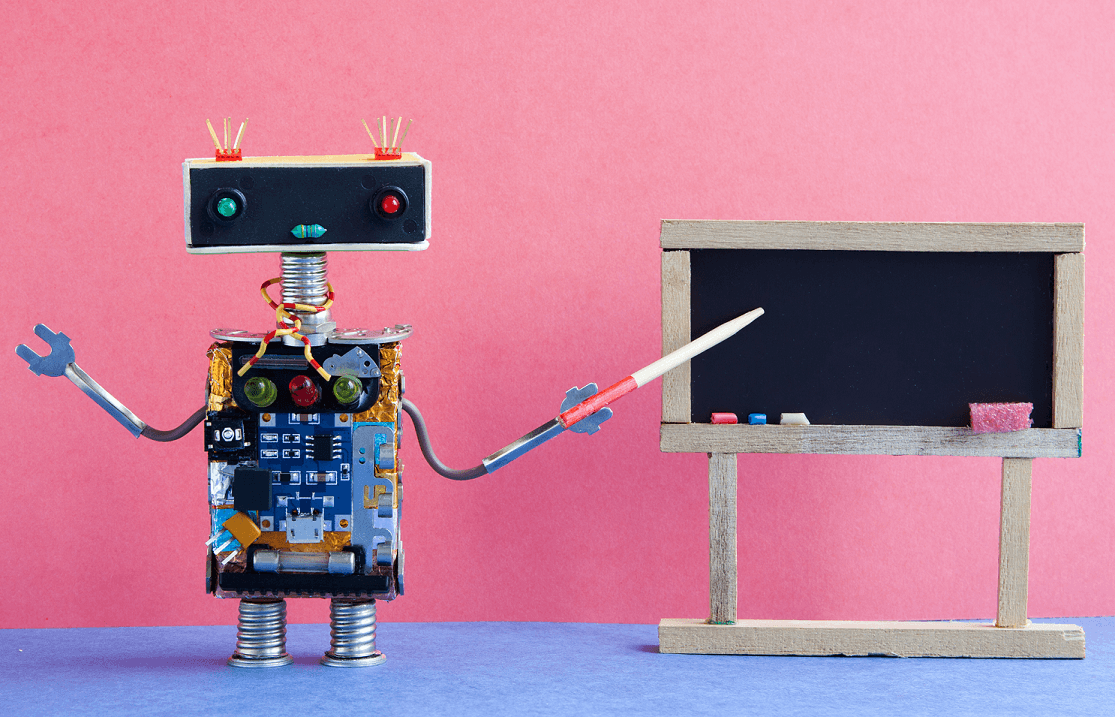Most people cannot (and probably should not) easily trust a stranger that they have just met. However, humanity has developed social norms and tools to build that trust. Why not look at our relationship with Artificial Intelligence in a similar way?
Trust in the Mirror
Can a machine trust a human? For a machine, the world runs on 1s and 0s. There isn’t any gray area like 0.5 (Oh, just throw the fuzzy logic out of the window for now). On the other hand, we humans live in the gray area throughout our lives except rare certain moments (eg. I will buy that). So how on earth could any rational machine trust an “irrational” human? Yet humans ask the very same question: Can I trust a machine?
Lost Trust in Translation
If you cannot understand something, you cannot trust it. You should be able to play it in your head, foresee its actions and compare them with your own observations. If that “thing” behaves as expected (or if you can explain its behaviour), baby trust is born out of that relationship. It can be too fragile, but yet full of potential. However, if you can’t understand it or it seems somewhat off (e.g. fake news), then ”Hasta la vista, baby” as one questionably trustable machine said.
Trustable Technology
Any tool that can help people achieve a goal face the same challenging question: is it trustable? Technology is such a tool and evolving stupendously fast, entering into our lives in every possible way. We trust cars, trains and planes at moving from point A to B. We trust calculators at computing the large sums or tiny fractions. We even digitize money and utilize plastic cards or even our mobile phones instead of using banknotes and coins. As long as the decision mechanism is still in our hands, it seems like we are open to trust anything.
Intelligence We Trust?
When it comes to outsourcing intelligence to technology (aka Artificial Intelligence, or AI in short), establishing trust is not that easy. For many, AI is a digital technology that does magical stuff. Today most “successful” AI applications appeal to our visual and audio sensors, primarily for entertainment purposes. It presents us entertaining experiences like deep fake photos and videos. For example, it is a moving experience to watch your grandfather’s old photo come to life. Not only that, computers can now translate between languages, describe what is in a picture, and even chat with you (ehm, if you can understand them). However, when it tries to make decisions for you, now it needs to talk to your intellect. So, good luck with that.
Explainable AI is trustable AI
As explained above, the ability to understand something makes it easier to trust. Therefore, AI needs to be able to explain itself so that we can understand and trust it. Today, it is a complete black box to many and even AI researchers do not know exactly how it works. Neural network models are so mind-blowingly huge (we are talking about simulation of hundreds of billions of neurons) that which part of that model reacts to which part of the input and how all output comes to be is beyond the grasp of any human mind on Earth. Hence, the new field of explainable AI is getting huge attention lately. Research scientists are developing new techniques and tools to be able to understand and explain which part of their model reacts to an input. Certainly not an easy task.
Trust is worth how many words?
When we say “explainable”, you might think that it will tell us how to make that decision. But natural language may not be enough because we all know that a picture is worth a thousand words. You can’t expect your Tesla explaining every turn and stop it makes on the road. But that also doesn’t mean that AI should explain itself by drawing only, right? A combination of words and visuals seems like a good middle way.
Transparent + Interpretable + Justifiable = Explainable
So what is explainable AI? In a nutshell, it starts with transparency of the AI model so that we can see which decisions it can make. Decision space of the AI model defines the boundaries around it so that it cannot go outside of its closed world and cause any unknown damage.
Those decisions and their interconnectedness should be interpretable for any potential user so that they can play with those decisions in their head and get a hang of how it works.
Note that so far we just pop the hood of the AI machine and look inside its engine and figure out how it would work. We have not started the engine yet.
When we actually run that and let it reach a decision, its actions should be verifiable. Meaning, we should be able to trace back which decision path it followed based on which part of the input.
Rome wasn't built in a day
Do not expect love at first sight. Trust is not something that can be built in a day. AI needs a lot of explaining to do. And also I suppose we will not need to see all the cables and bolts of the AI engine to trust it. We can hand that job to qualified AI experts, right? We just need to have a chance to verify it whenever we see fit.
Ultimately, in my opinion the future of AI will be most likely conversational. As we talk with it over time (and maybe be friends with it?), we will more easily create an understanding of how it works in our mind and gradually build trust. Let's see where that trust will lead us in the future.

